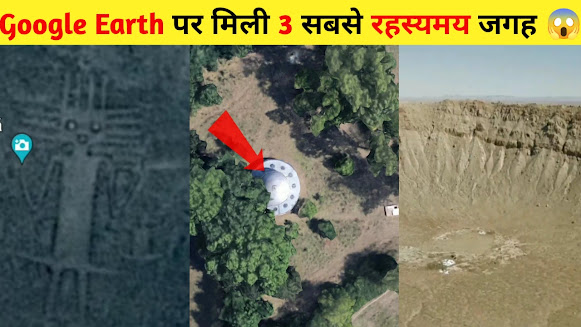The Mysteries of Sudan's Ancient Civilizations Unveiled...
The Mysteries of Sudan's Ancient Civilizations Unveiled
 |
| Kush civilization |
Sudan, a land known for its rich history and diverse cultural heritage, hides a treasure trove of ancient civilizations that have left behind remarkable monuments and mysteries. Despite being overshadowed by its famous neighbor, Egypt, Sudan boasts an array of archaeological sites that provide valuable insights into the region's past. In this article, we will explore some of the most captivating mysteries surrounding Sudan's ancient civilizations and the ongoing efforts to unravel their secrets.
1. The Kingdom of Kush:
Situated along the banks of the Nile River, the Kingdom of Kush was a powerful and prosperous civilization that thrived from around 2500 BCE to 350 CE. The ancient city of Meroe, the capital of Kush, remains shrouded in mystery, with its sprawling necropolis and pyramids presenting numerous puzzles to archaeologists. How did the Kingdom of Kush establish itself as a dominant force in the region? What were the cultural and political dynamics that shaped its society?
2. The Royal Pyramids of Meroe:
One of the most iconic and enigmatic features of Sudan's ancient civilizations is the collection of pyramids located in Meroe. More than 200 pyramids dot the landscape, significantly outnumbering their Egyptian counterparts. These structures were the final resting places of Kushite kings and queens. However, their design, construction techniques, and the rituals associated with their use remain intriguing. Deciphering the hieroglyphics and artwork found within the pyramids could unlock clues about the beliefs and daily life of the ancient Kushites.
3. Jebel Barkal and the Sacred Mountain:
Jebel Barkal, a distinctive sandstone mountain rising from the desert, holds immense spiritual significance for the ancient civilizations of Sudan. Revered as a sacred site, it was believed to be the dwelling place of the god Amun and served as a major religious center. The precise rituals and practices conducted at Jebel Barkal are not fully understood, and ongoing excavations seek to shed light on the complex religious traditions that thrived there.
4. The Temples of Nubia:
Along the banks of the Nile, Sudan's Nubian region boasts a wealth of ancient temples that were once part of the thriving Nubian civilization. The Temple of Amun at Napata, Temple of Soleb, and Temple of Dakka are among the most notable. These architectural wonders reflect the influence of both Egyptian and indigenous Nubian cultures. Unraveling the intricacies of their construction, symbolism, and purpose can provide valuable insights into the history of Nubia and its interactions with neighboring civilizations.
5. The Sunken Kingdom of Nuri:
Nuri, an ancient burial site located on the western bank of the Nile, is home to the tombs of Kushite royalty. However, recent archaeological discoveries have revealed that Nuri was once a thriving city that mysteriously sank beneath the waters. Uncovering the causes of its submergence and the extent of its civilization poses a fascinating challenge for researchers. Exploring the underwater ruins could unveil a wealth of information about ancient urban planning, trade networks, and daily life.
Conclusion:
Sudan's ancient civilizations continue to captivate archaeologists and historians, offering tantalizing mysteries waiting to be unraveled. From the enigmatic pyramids of Meroe to the sacred mountain of Jebel Barkal, each archaeological site presents unique challenges and opportunities for understanding the rich tapestry of Sudan's past. With ongoing excavations, advancements in technology, and the dedication of researchers, we can hope to gradually uncover the secrets that lie hidden beneath the sands of time, shedding light on the remarkable achievements of Sudan's ancient civilizations.




Comments